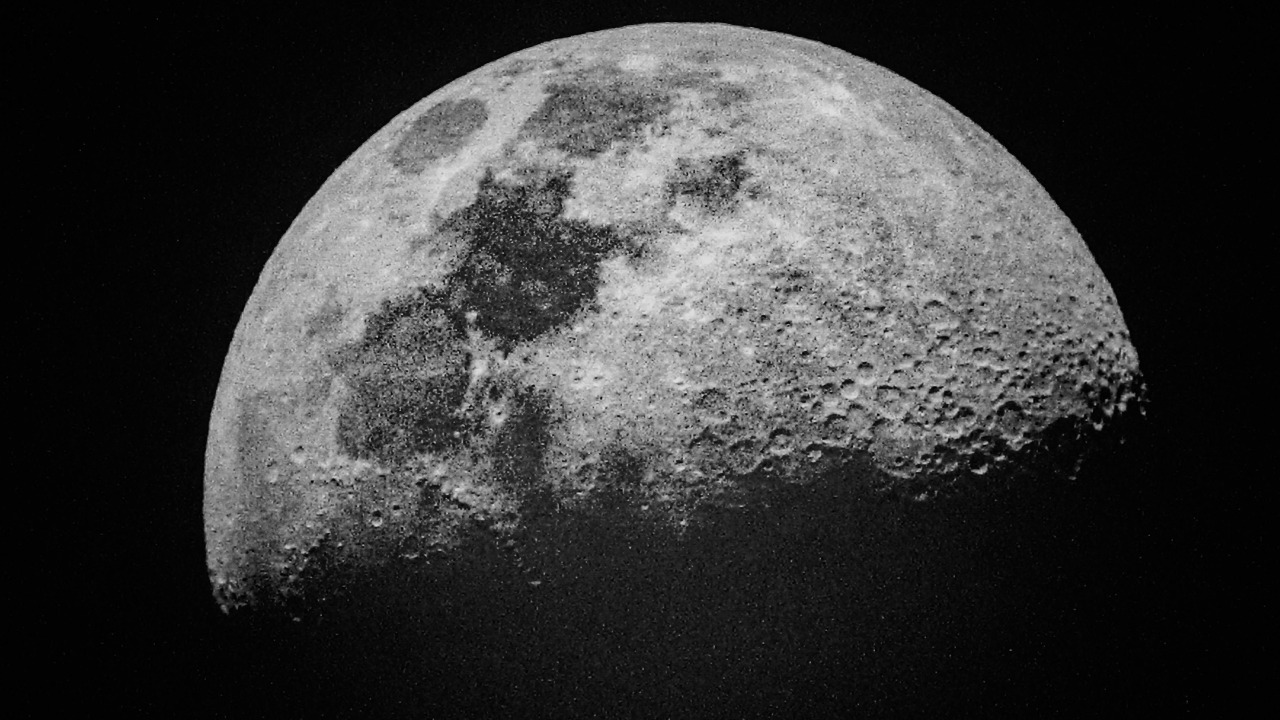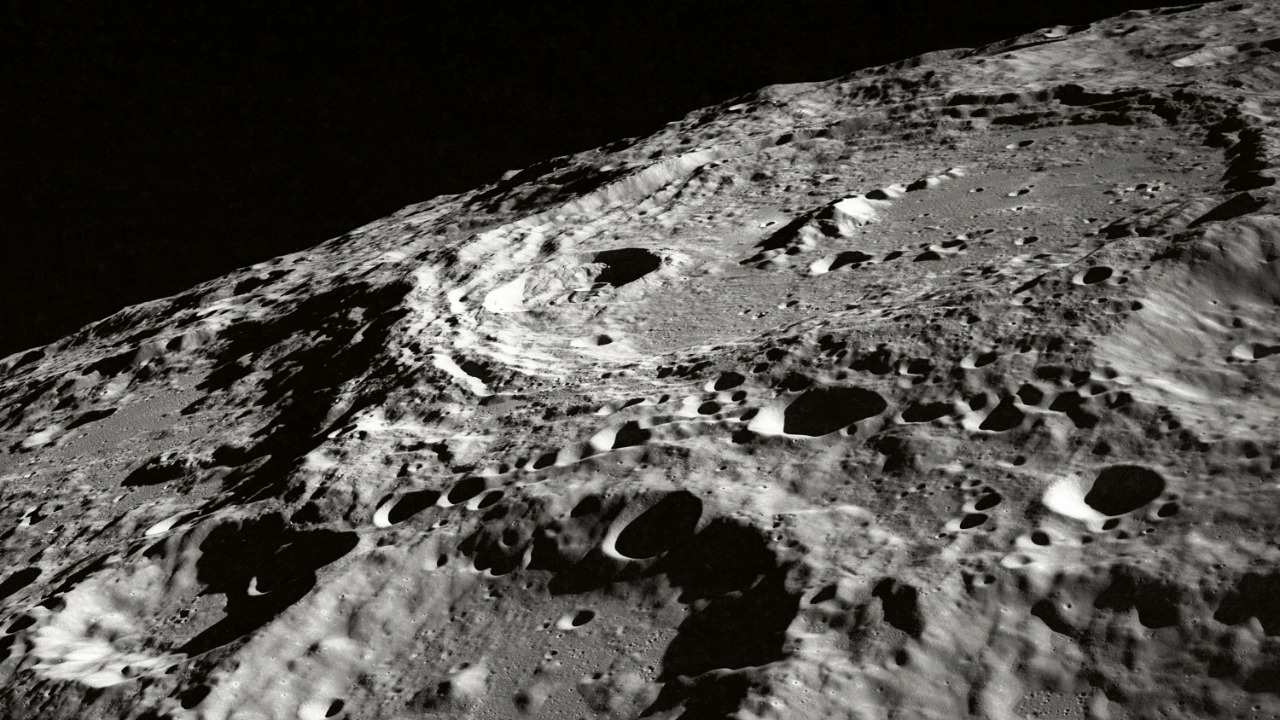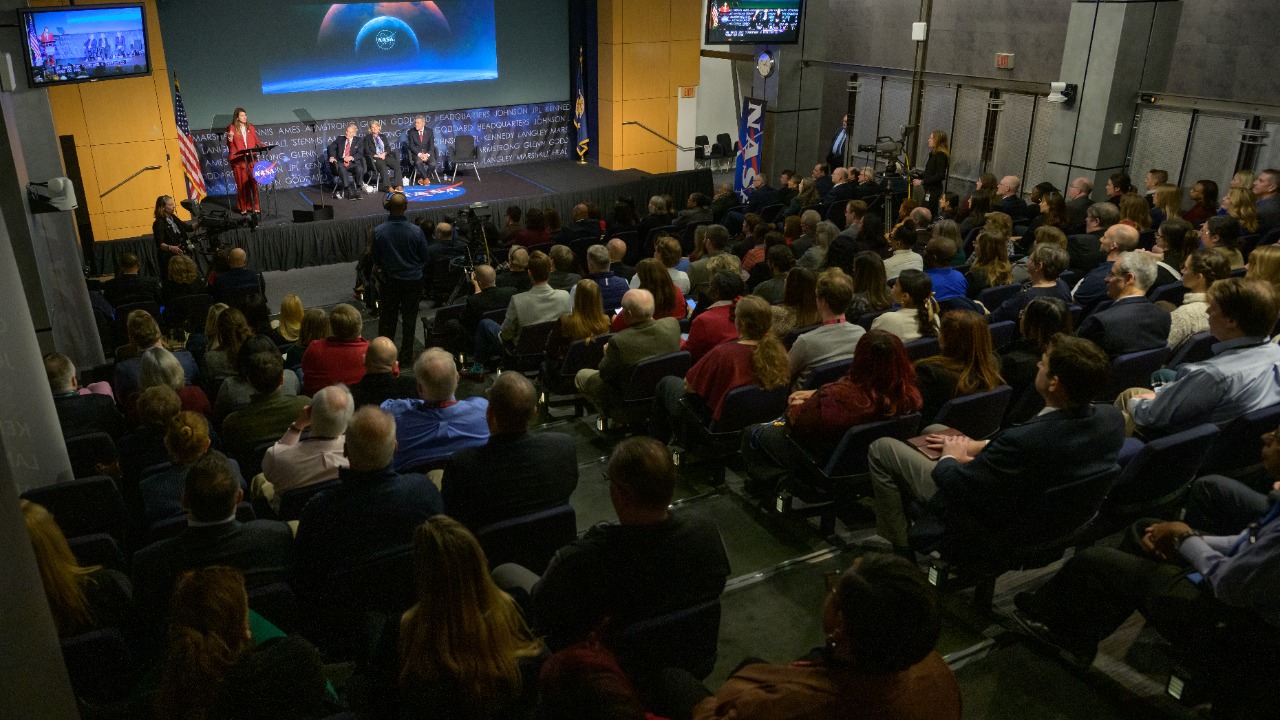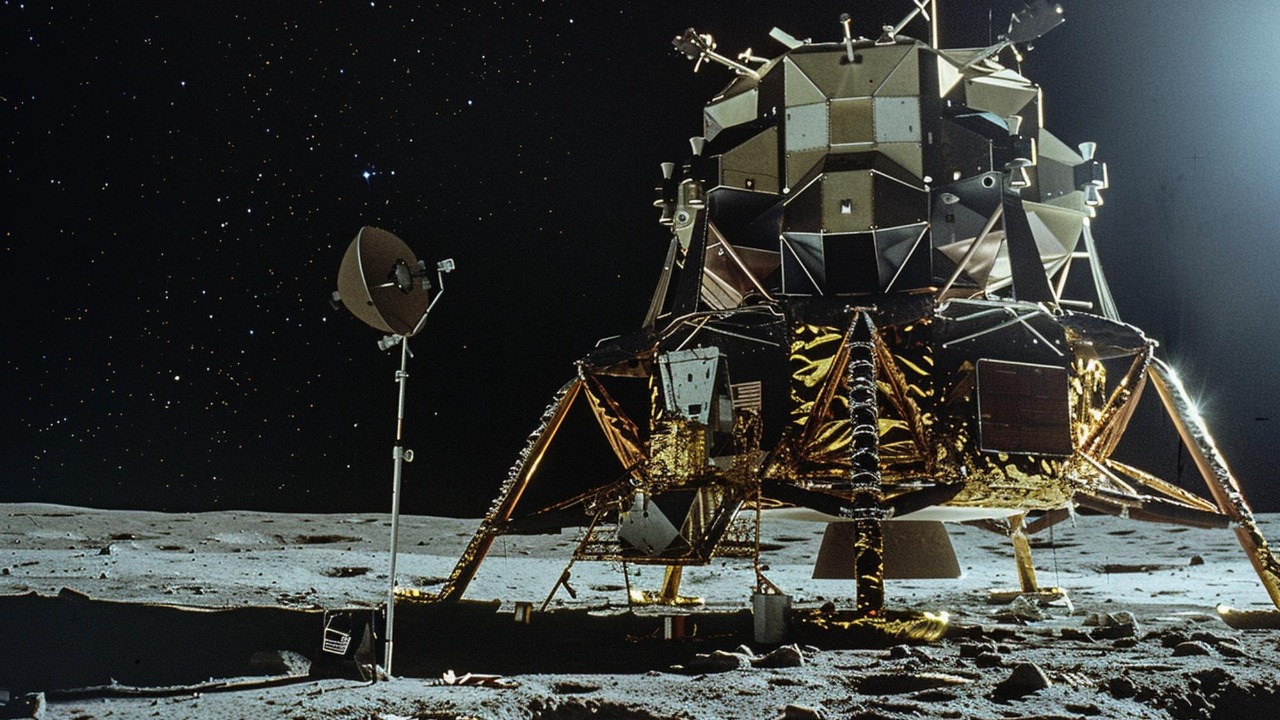
Recent discoveries have revealed the existence of vast cave networks beneath the moon’s surface, sparking excitement and curiosity among scientists and space enthusiasts alike. These hidden lunar caves, formed by ancient volcanic activity, could hold the key to future human habitation on the moon. The fascinating details of these subterranean wonders and their potential implications for space exploration are capturing the imagination of many.
The Formation of Lunar Caves

The moon’s hidden caves have sparked significant interest, primarily due to their volcanic origins. Much like the lava tubes found on Earth, these lunar formations are believed to have formed from ancient volcanic activity. When molten lava flowed across the moon’s surface, the outer layer cooled and solidified first while the lava within continued to flow, eventually draining away and leaving behind empty tubes and caves. These structures provide a unique glimpse into the moon’s past, mirroring similar geological processes observed in places like Hawaii and Iceland.
Geologically, the moon’s surface is a tapestry of unique features that contribute to the formation and preservation of these caves. The lack of atmospheric weathering and tectonic activity allows these formations to remain relatively intact over millions of years. Additionally, the moon’s composition, primarily silicate minerals with a hint of metal oxides, is conducive to the formation of stable cave structures. These geological insights not only inform us about the moon’s history but also invite comparisons with similar formations found on Earth, enriching our understanding of planetary geology.
Historical data and observations have long hinted at the existence of such subterranean features on the moon. For decades, scientists have speculated about the presence of lava tubes based on surface depressions and unique geological formations captured in photographs from various lunar missions. These initial observations laid the groundwork for more detailed investigations, paving the way for modern research methods to provide substantial evidence of these caves.
Scientific Discoveries and Evidence

Recent advancements in lunar exploration have brought these hidden lunar caves into sharper focus. Groundbreaking research, such as the study published in Nature Astronomy, has provided tangible evidence of these subterranean networks through a combination of satellite imagery and data from lunar missions. The findings indicate that these caves could be more extensive than previously thought, offering new opportunities for exploration and study.
Technological advances have played a pivotal role in detecting and exploring these hidden caves. Sophisticated radar systems and robotic explorers have been instrumental in mapping lunar lava tubes, providing detailed insights into their size, shape, and distribution. These technologies not only aid in the discovery of new caves but also enhance our understanding of the moon’s geological history, offering a clearer picture of its volcanic past.
The discovery and exploration of these caves have been a collaborative effort involving multiple international space agencies and scientific institutions. Partnerships between entities like NASA, the European Space Agency, and other global organizations have led to shared resources and expertise, resulting in significant breakthroughs. Such collaborations underscore the importance of international cooperation in advancing our understanding of the moon and its potential for future exploration.
Potential for Human Habitation

The caves beneath the moon’s surface present an intriguing possibility for future human habitation. One of their most significant advantages is the natural protection they offer against the moon’s harsh environment. The lunar surface is bombarded by cosmic radiation, and temperatures can swing dramatically between day and night. These caves could serve as natural shelters, providing a stable environment less susceptible to these extreme conditions.
In addition to offering shelter, these caves may also harbor essential resources that could support human life. There is potential for finding water ice within these caves, which could be crucial for sustaining life and supporting lunar colonies. Water can be used not only for drinking but also for producing oxygen and hydrogen, which are essential for life support and fuel production. This resource availability makes the prospect of lunar habitation more feasible.
As we look toward the future, the role of these caves in lunar colonization efforts becomes increasingly significant. They could serve as the foundation for constructing habitats and research stations, providing a base from which to explore the moon further. The prospect of establishing lunar colonies within these caves is not just a dream but a tangible goal that could revolutionize our approach to space exploration.
Challenges and Considerations

Despite their potential, exploring and utilizing these cave networks is not without challenges. Technical obstacles, such as navigating the uneven terrain and mapping the extensive cave systems, require innovative solutions. Robotic explorers and advanced imaging technologies are at the forefront of overcoming these challenges, but the logistical complexities of transporting equipment and personnel to these remote locations remain significant.
There are also environmental concerns to consider. As we venture into these untouched lunar environments, we must be mindful of the potential impacts of human activity. Ethical considerations, such as preserving the moon’s natural state and preventing contamination, play a crucial role in the planning and execution of exploration missions. Balancing exploration with conservation is essential to ensure that we do not harm these pristine environments.
Safety and sustainability are paramount in any plans for lunar habitation. Developing robust safety measures to protect explorers from the moon’s harsh conditions is critical. Additionally, sustainable practices must be integrated into all aspects of exploration and habitation to minimize our footprint and ensure the long-term viability of lunar colonies. These considerations are vital to the responsible exploration and utilization of the moon’s resources.
The Future of Lunar Exploration

The future of lunar exploration is promising, with numerous missions planned by NASA and other space agencies to explore and utilize lunar caves. Upcoming missions aim to gather more detailed data and test new technologies that could enhance our ability to explore these caves. These missions are paving the way for more comprehensive research and the potential establishment of permanent lunar bases.
Innovative technologies are at the forefront of this new era of exploration. From advanced robotics to cutting-edge imaging systems, these technologies are enhancing our ability to explore and utilize the moon’s resources. The development of new materials and construction techniques could enable the creation of durable habitats within these caves, furthering the goal of sustainable lunar living.
As we envision the future of lunar exploration, the role of these caves becomes central to our plans for space exploration and settlement. They represent not just a scientific curiosity but a stepping stone to a new frontier in human exploration. By leveraging the unique advantages of these caves, we can shape the next chapter of space exploration, opening the door to a future where lunar settlements are a reality.